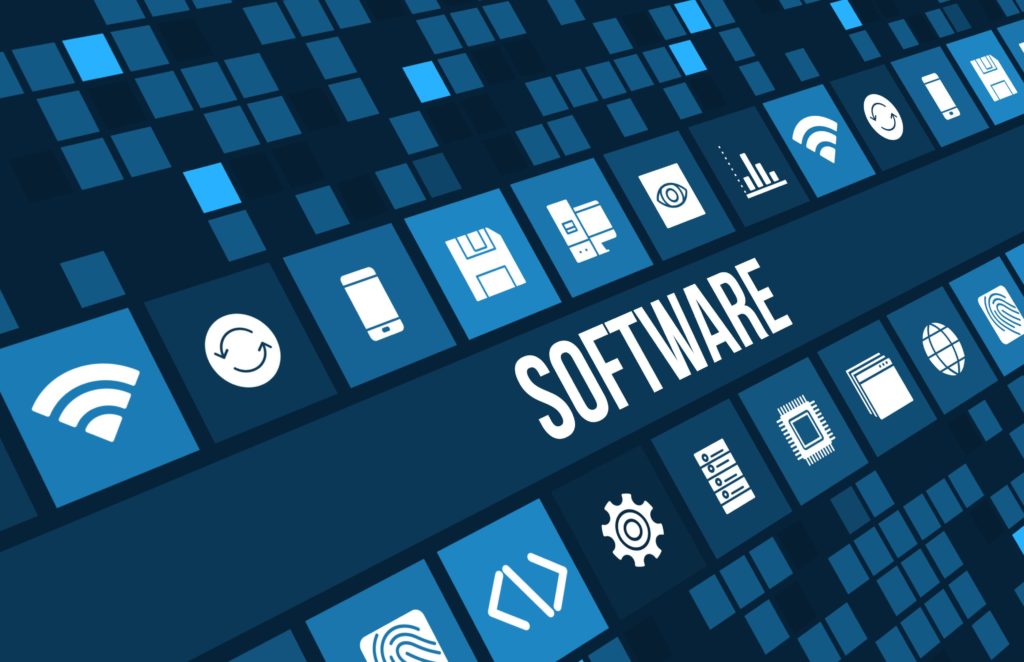Perhaps you got as far as prototyping your product and got stuck. Focusing on the product management experience can help you get going again. It helps you get from prototype and wireframe to a viable product with business growth.
Product Experience Defined
Product experience refers to the product perceptions of the target customers, plus product design, features, and functions. Any aspect of the product that influences purchase or use falls under product experience.
When in the marketing phase, an existing product draws information from point-of-purchase data, the Internet of Things (IoT) and its existing customer base. In development, products must rely on focus groups, surveys, and information on competitor’s similar products. The company gleans information from social media and its alpha and beta tests.

Product experience management contributes to product launch success. Without proper management, a product launch fails. Currently, 85 percent of launches fail. Focusing on customer-centered product design nets success. This goes beyond collecting information to a focused, development-driven approach that spans the entire product lifecycle. When you improve the customer experience, you positively impact your business.
Major Methods of Product Experience
Two main methods exist for managing product experience – a human manager and a software solution. Most successful firms use both.
People
Typically, a product manager leads the development team. Depending on the company’s industry, that manager will either have a business, customer service, marketing or operations specialty. Their specialty drives which aspect of development receive the greatest focus.
For example, if the product manager is an engineer, they’re likely to focus on operations, keeping the other engineers on schedule and meeting development and launch milestones. Instead of product experience management though, that is product development. Development is only one phase of the product experience lifecycle.

Product experience management encompasses all product aspects and every department in the firm. It still uses a manager to coordinate all aspects. The full experience draws from all employees, not just the manager, gleaning the following:
· Sales staff provides prospective customers’ feedback and competition research.
· Implementation and support staff provide customer glitches, issues, and problems with the product.
· Development staff provides their ability to complete prioritized customer needs for new features or improved features.
· Business development provides the prioritized customer needs, including necessary supplemental features.
· Finance and legal provides customer budgetary feedback and contract change requests.
· Marketing and public relations provide case studies, target market responses from focus groups and surveys plus social media feedback.
Software
Managing product experience with software allows you to organize and control the development and overall experience process. These software programs range from simple platforms that help you track development, to complex platforms designed for multi-stakeholder process management.

This isn’t to be confused with customer relationship management (CRM) software which provides only one piece of the needed information. A complex PX software provides all the tools and context your company needs to develop the products and improve them. The basic aspects of this include enabling you to create, prioritize and assign milestones, and track product development in real-time.
The advanced aspects of this include providing an embeddable self-service platform, an artificial intelligence (AI) assistant, and a customer service platform that allows you to integrate user feedback into the development phase with a single click. These complex PX platforms serve the marketing and PR department’s needs, as well, by collecting and providing user stories as provided by the user. These platforms go far beyond simple customer service platforms to an entire life cycle management system.
Taking control of your product experience management betters your chance of becoming one of the 15 percent of successfully launched products. Product experience staff and software helps you go beyond schematics and milestone deadlines to developing the product target users actually want. People buy what fulfills their needs. Develop that through better product experience management.














Leave a Reply